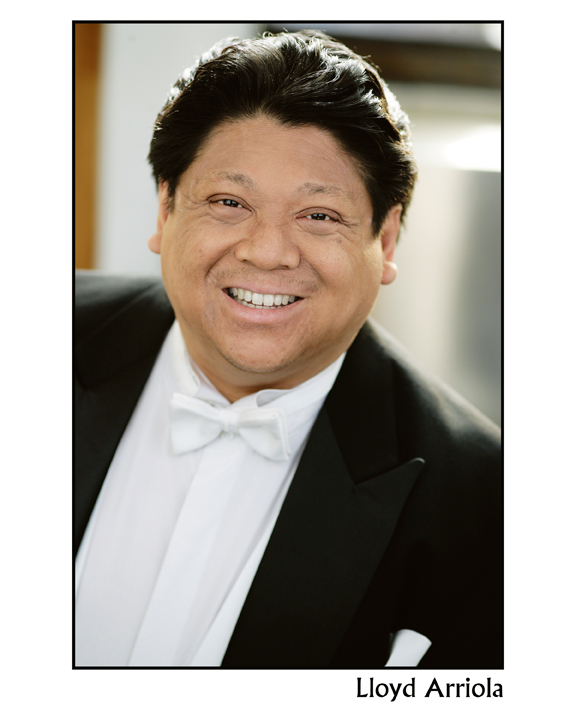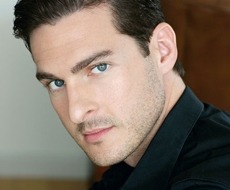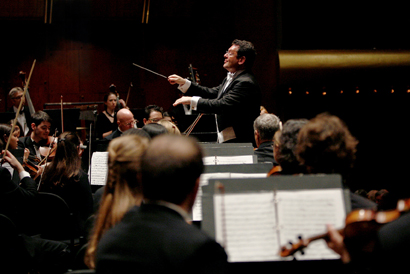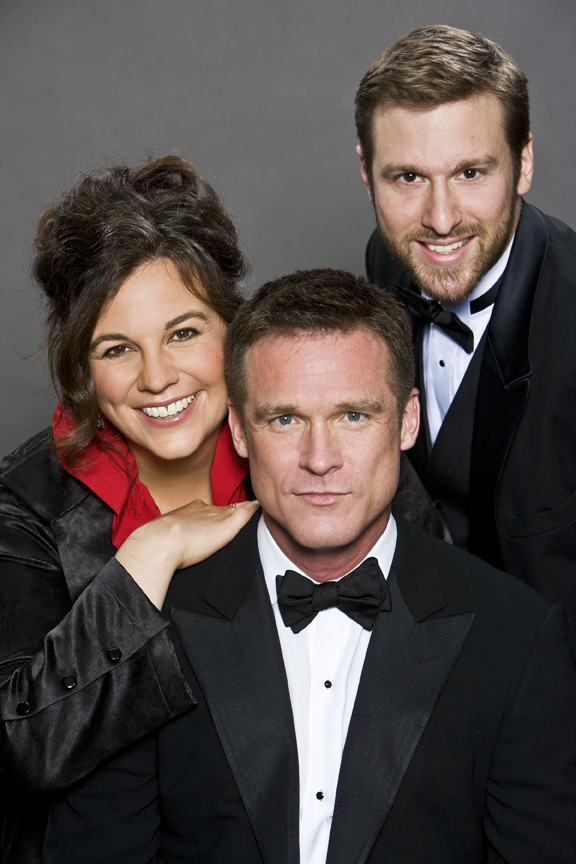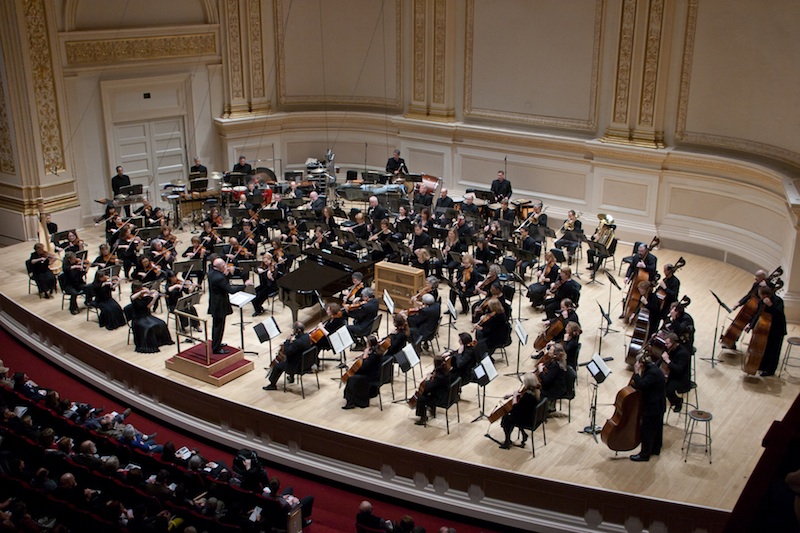This concert was presented by Musica de Camara, one of whose missions is to present concerts in non- traditional venues, so as to bring great music to under-served communities. Who knew that the New York Academy of Medicine, located just south of the Museum of the City of New York at Fifth Avenue and E 103rd Street, housed a wonderful auditorium? And although the armchairs and movie screen at the rear of the stage indicted that music was not the primary focus of Hosack Hall, I found it a perfect place in which to hear this fine performance by the Cuarteto Rústico.
The members of the quartet all have Latin American roots (Chile, Columbia, Venezuela and Puerto Rico) and state as their mission “to promote the origins, history and culture of the Americas through its music.” They also state that “folk, popular and classical music from Latin America is at the heart of their repertoire.” And tonight’s concert was true to their mission. It began with a spirited performance of Silvestre Revueltas’ Sting Quartet No.4, “Música de Feria.” In four quite short movements, this work is “a brash and rowdy picture of a Mexican rural fair.” Yes, it is brash, rowdy and contains Mexican rhythms and melodies, but I found it a typical example of quite forgettable twentieth-century “classical music.” I was, however, most impressed by the
playing of this fine quartet – a focused sound at all dynamic levels, beautiful phrasing, a perfect balance among the instruments.
We then heard the String Quartet No.1 by Heitor Villa-Lobos, the Brazilian master whose music is anything but forgettable. His harmonic language is unmistakable and quite beautiful, as heard in the first movement, titled “Cantilena.” Many string quartets strive for a consistently blended, homogeneous sound, and when a homophonic texture called for it, we heard such a sound from Cuarteto Rústico. But what I liked most about the quartet’s playing was that each instrument retained its own color, making crystal clear the polyphonic web which was present in so much to tonight’s music.
Popular music followed; an arrangement for string quartet of Antonio Jobim’s bossa nova, “Chega de Saudade.” During this work, which went on just a bit too long for this listener, the quartet played with the same intensity, clarity of texture and fine sound as in the previous “classical” works. The first half ended with Astor Piazzolla’s “Fuga y Misteri,” an excerpt from the composer’s tango opera “Maria de Buenos Aires.”
After the intermission we heard the concert’s longest work, Mozart’s String Quartet in C Major, K.465. By the way, it was erroneously listed on the program as String Quartet No.6. It is, however, the composer’s twenty- second string quartet. The mistake arises from the fact that it is also the last of the six quartets Mozart dedicated to Haydn and had published in 1785 as Opus 10, No.6. I felt that the tempi in the first and last movements were too fast, which made for moments of insecure playing. And strangely, although they didn’t repeat the first movement’s exposition, they did so in the fourth movement. (For my strong feelings about repeating the exposition, see the second paragraph of my review of the Nov 3, 2011 concert by The Stone River Chamber Players.)
The concert proper concluded with a wonderful performance of Jorge Figueroa’s jazzy “Salsa Clásica” for String Quartet. It was followed by an encore recognized by most of the audience, Carlos Gardel’s “Por una Cabeza.”



